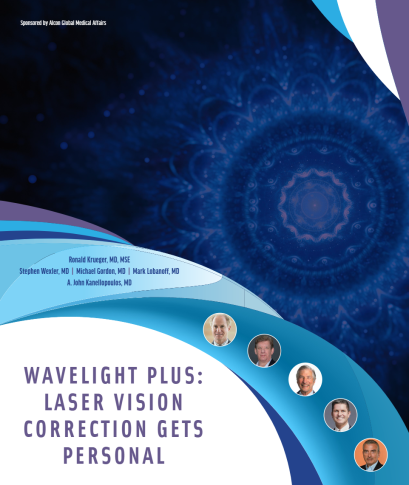- Refractive Surgery

Corneal refractive surgery began with early procedures that used rudimentary methods to reshape the cornea. The ability to permanently flatten the cornea and correct myopia became available in the 1970s with radial keratotomy. This procedure gained popularity through the 1980s, but its unpredictability and potential complications limited its long-term success. In the late 1980s, excimer lasers were introduced and PRK became the first widely accepted laser-based refractive procedure. Less than a decade later, LASIK revolutionized corneal refractive surgery and quickly became the most popular form of refractive surgery worldwide.3 Development of femtosecond laser technology elevated LASIK treatment; flap thickness became more consistent with fewer significant flap complications.
With more than 25 million LASIK procedures performed and thousands of peer-reviewed publications, we know that LASIK has demonstrated high levels of accuracy, efficacy and safety; more than 99% of patients who undergo LASIK become spectacle independent and the complication rate is less than 1%. The newest laser vision correction system features developments in diagnostic tools and ablation profiles that account for corneal and whole eye ocular aberrations. The result is not just an improvement in the quantity of vision (visual acuity), but also the quality of vision.
Ronald Krueger, MD, MSE; Stephen Wexler, MD; Michael Gordon, MD; Mark Lobanoff, MD; and A. John Kanellopoulos, MD, gathered to discuss the evolution of LASIK and the introduction of wavelight plus (Alcon).

